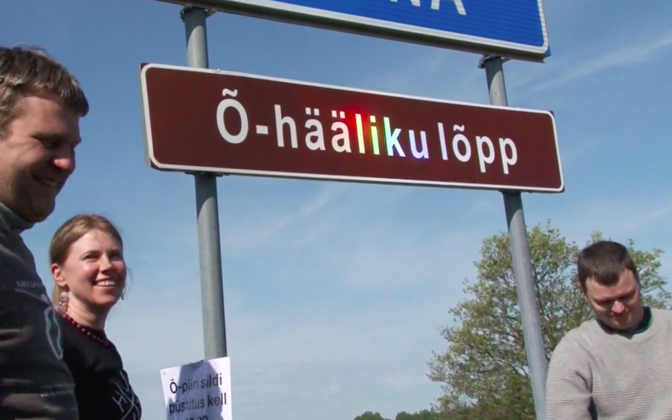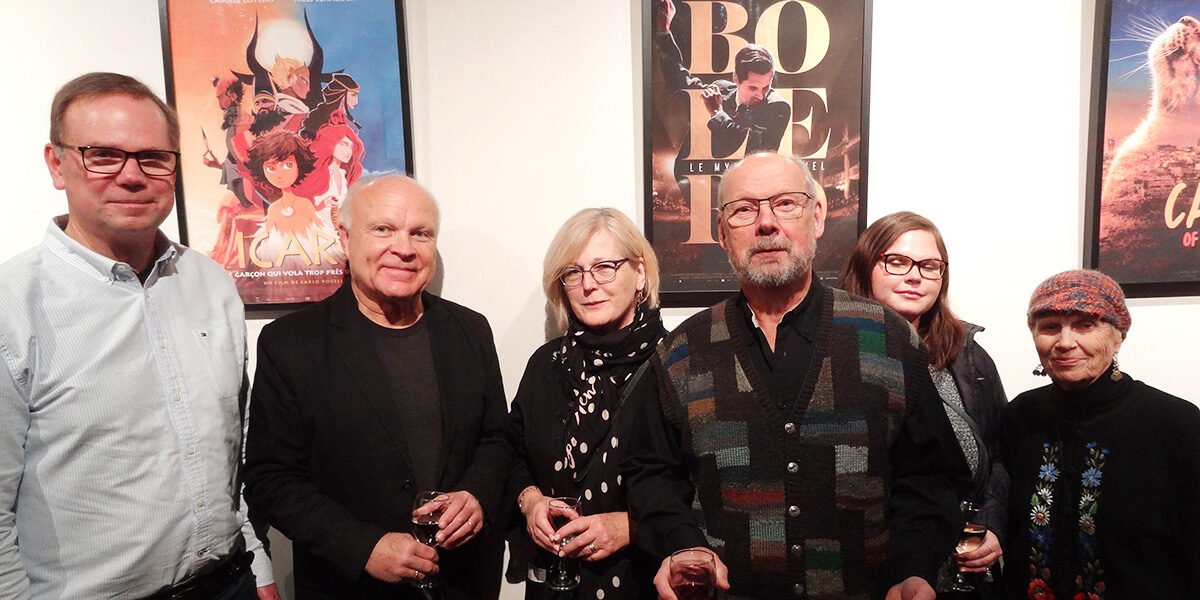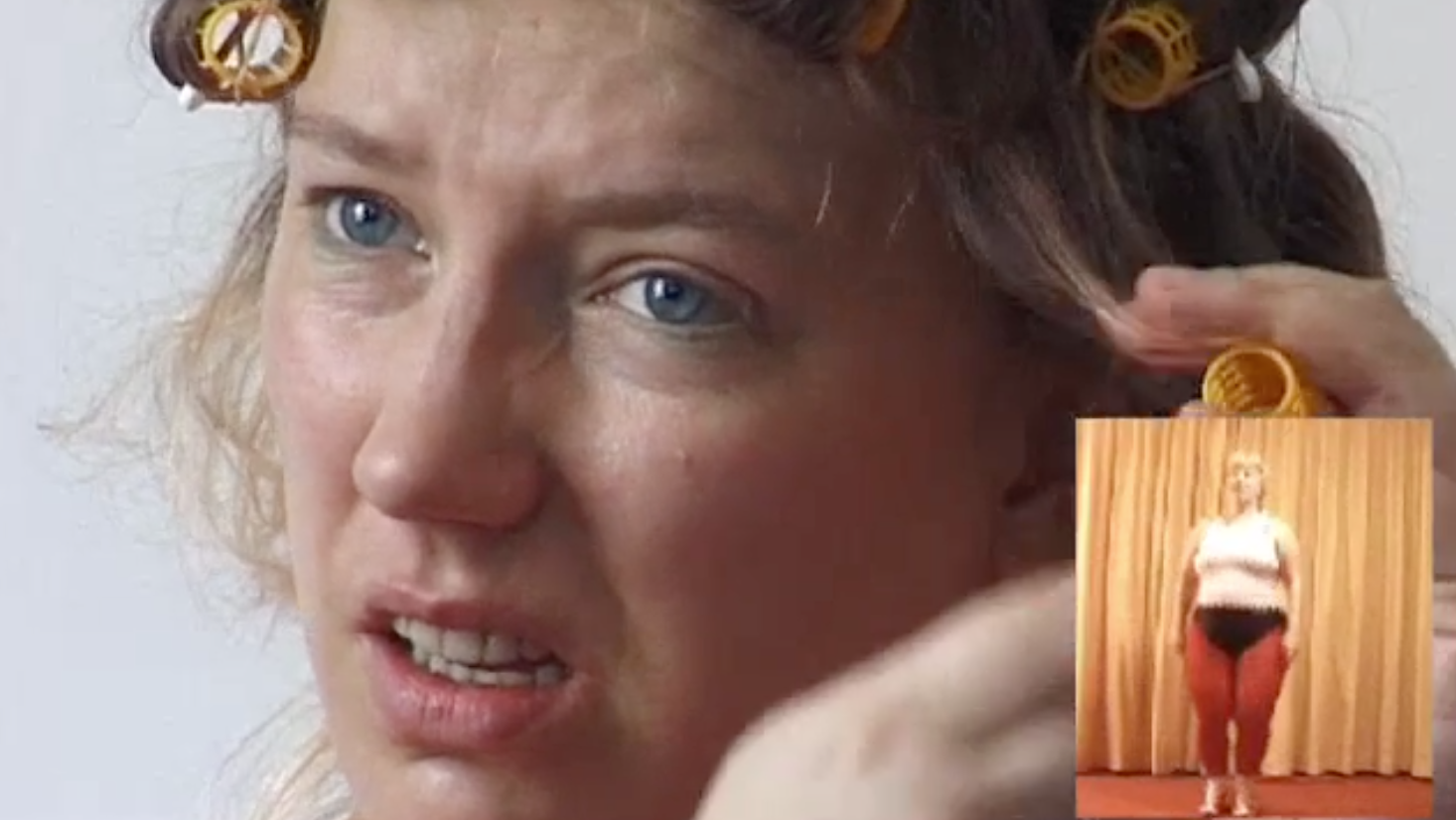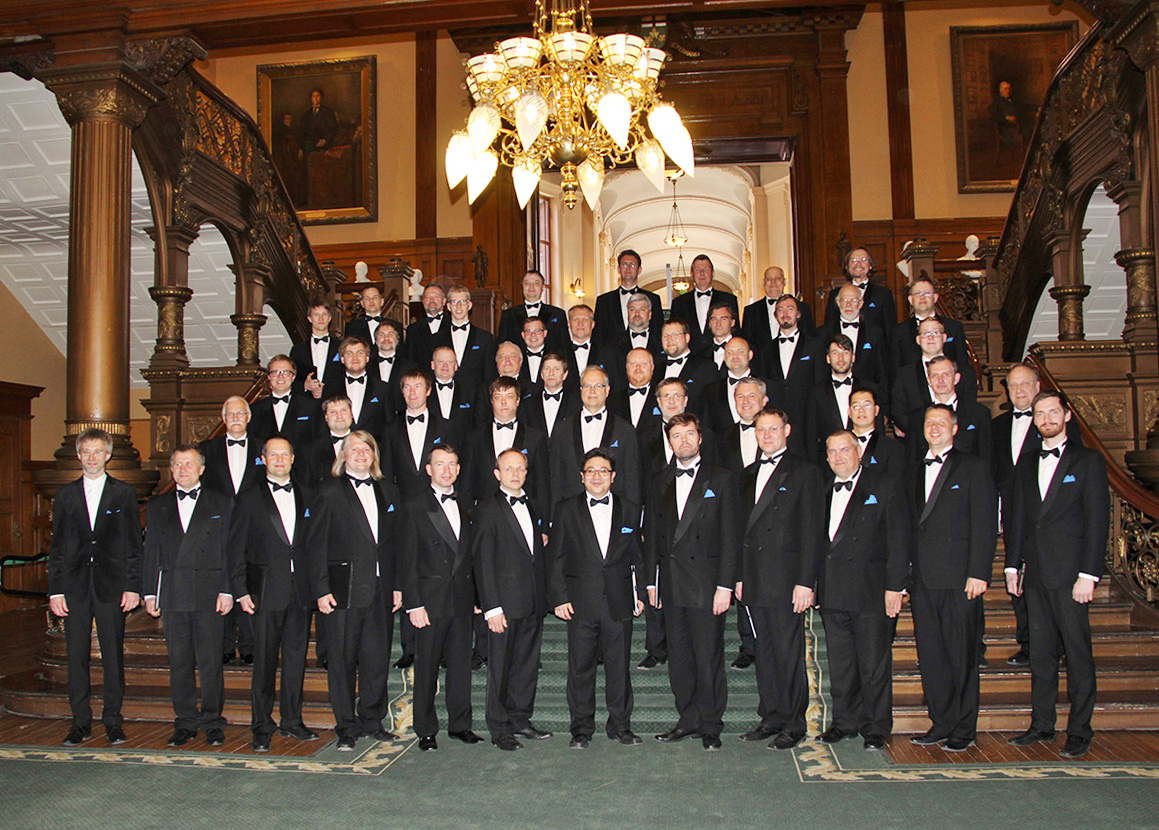While this sign was removed by the Maanteeamet (Road Administration) due to its incorrect dimensions, a gigantic metal letter “Ö” is soon to be placed in the same area. The municipality will foot the bill for the letter, while the Maanteeamet will install information boards and benches, as well as cleaning up the adjacent parking lot.
While the Õ-Ö exchange is intriguing, it is but one aspect of this murre (“dialect”).
Estonia's murded can be separated into regional groups of north and south Estonia. If you look past these groups, there are eight broader murded. Saarte murre (“island dialect”) includes Saaremaa, Hiiumaa, Muhu, and Kihnu, although there are differences between all of these sub-dialects. Saaremaa's sub-dialect is divided between West Saaremaa and East Saaremaa, and then even further into village-based variants. Based on data from Estonia's 2011 census, 2.8% of Estonia's population can speak Saarte murre. As a reference point, 9.8% of Estonians can speak Võru dialect, the largest percentage of any Estonian dialect.
Speakers of Estonian on Saaremaa are commonly noted to have a “sing-songy” style of speech. In 1980, Estonian dialect specialist Ellen Niit argued that in this type of speech, unstressed syllables following stressed syllables have a higher pitch. Niit and linguist Mart Remmel both believed that Estonia's western islands formed a “transitional area” between Swedish and Standard Estonian.
Eva Liina Asu-Garcia, Senior Research Fellow in Phonetics at the University of Tartu, made progress in documenting these tonal subtleties in 2004, when she recorded the voices of six women, university students between 21 and 35 years old, reading words from a list in Standard Estonian. Six women of the same age range, who were born and spent most of their life in Kuressaare were chosen to represent Saaremaa Estonian. Although it is possible that the formal nature of the experiment and the increased influence of Standard Estonian may have reduced the differences between the sample group of speakers, there were noticeable differences in spoken pitch. Subjects from Saaremaa started their words at a lower pitch.
Listening to the countless audio recordings from the Institute of the Estonian Language shows the prevalence of long combinations of vowels in the first syllables of words. There is also a preference for the word ning instead of ja when saying “and.”
Some deviations from Standard Estonian words include lauba (instead of laupäev for “Saturday”), patsikakk (instead of pannileib for “pan bread”), soo oma (instead of sinu oma for “yours”), and map tea (instead of ma ei tea for “I don't know”).
Research conducted by Enel Põld from the University of Tartu illuminated even further defining characteristics. One example is how speakers of the Saaremaa dialect may not emphasize the particles within a word (such as kassi or bussi) when there is a vowel at the end. However, standard emphasis will be applied if the word is in the nominative case and the vowel is not there.
Counter to what you might expect, Põld's research points to a higher usage of island pronunciation in some youngsters and a decline in that same pronunciation in people of 60 years of age and up. Still, other dialect intricacies have diminished in younger speakers as a result of higher mobility and linguistic influence from mainland Estonia. Efforts have been made to reverse this trend, including the development of a Saaremaa dialect textbook by MTÜ Keelekajal.
Admittedly, for someone still learning Estonian (and that designation may never end considering the depth of any language learning pursuit), I find it difficult to identify who is from where in Estonia based on their speech. In writing, you might have some luck in spotting the Võru language of southern Estonia, due to the occasional appearance of the letter Q.
But when you start listening to the voices of these many people who have been recorded by linguists, or when you listen to the voice of Kati Laev singing “Kaugel sinust” for the 2016 edition of Eesti Laul, one can start to tune their ears to these micro-distinctions, that for many, add to an identity that makes them proud.
Written by Vincent Teetsov, Toronto




